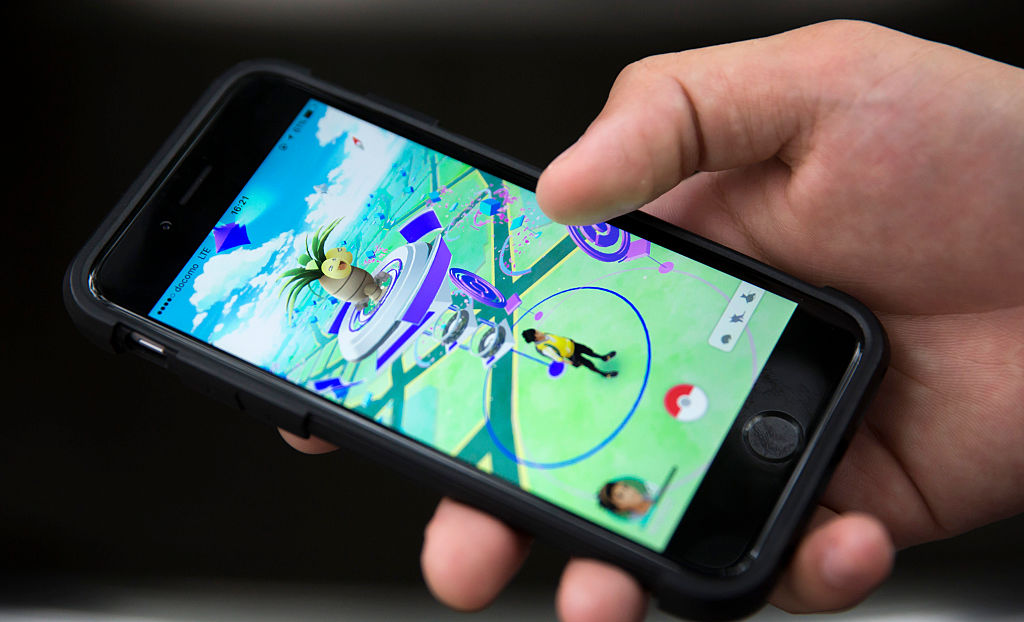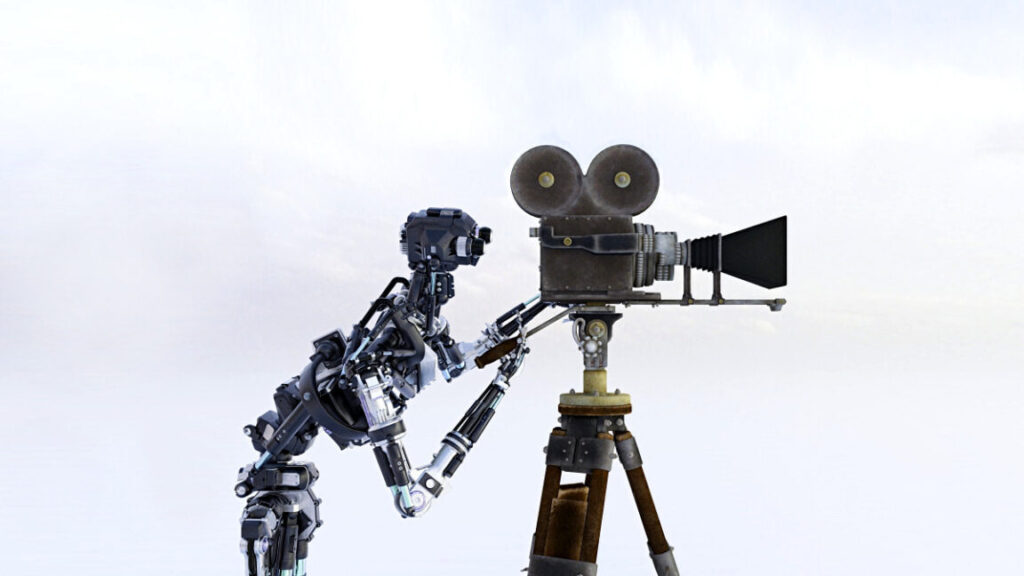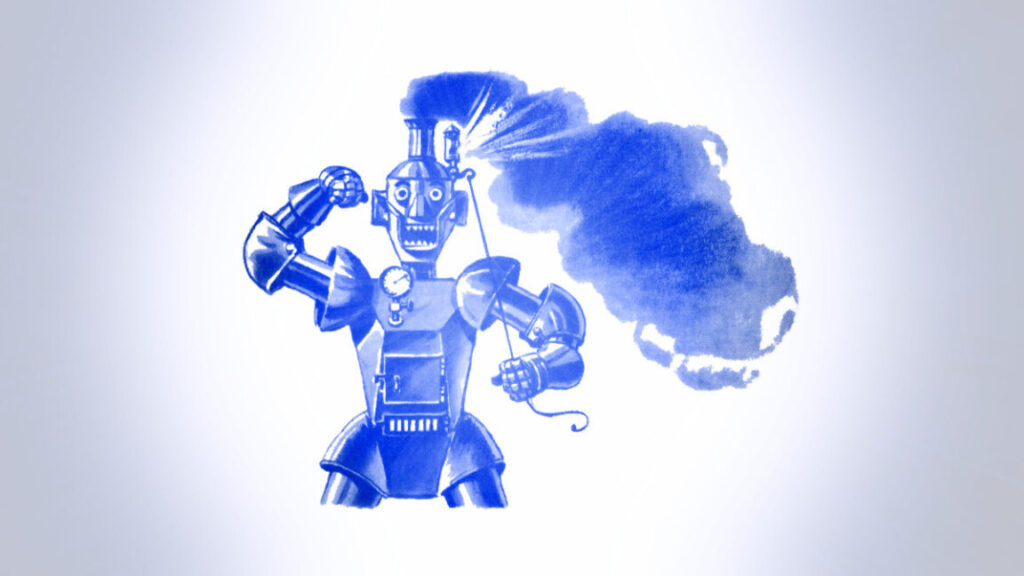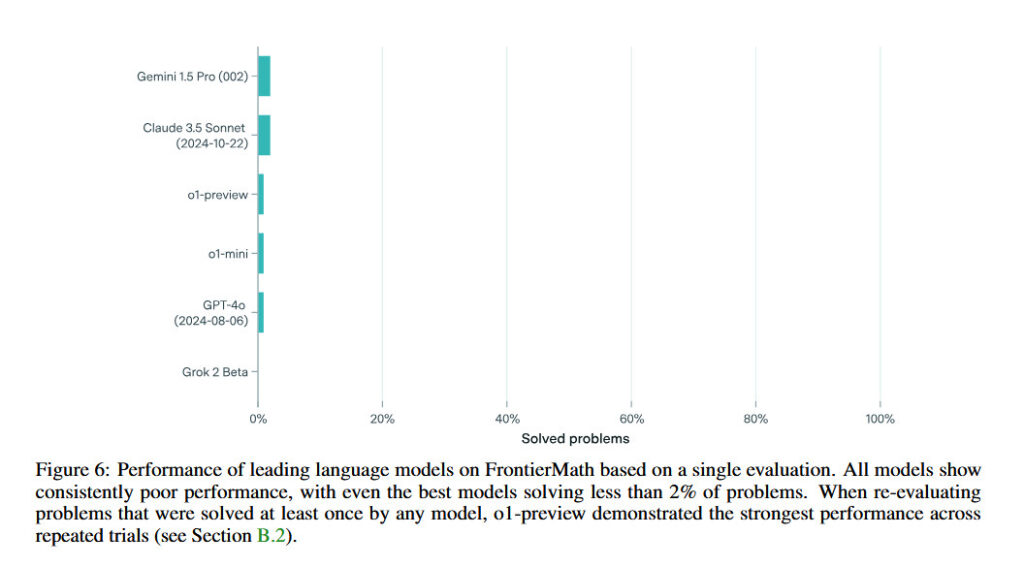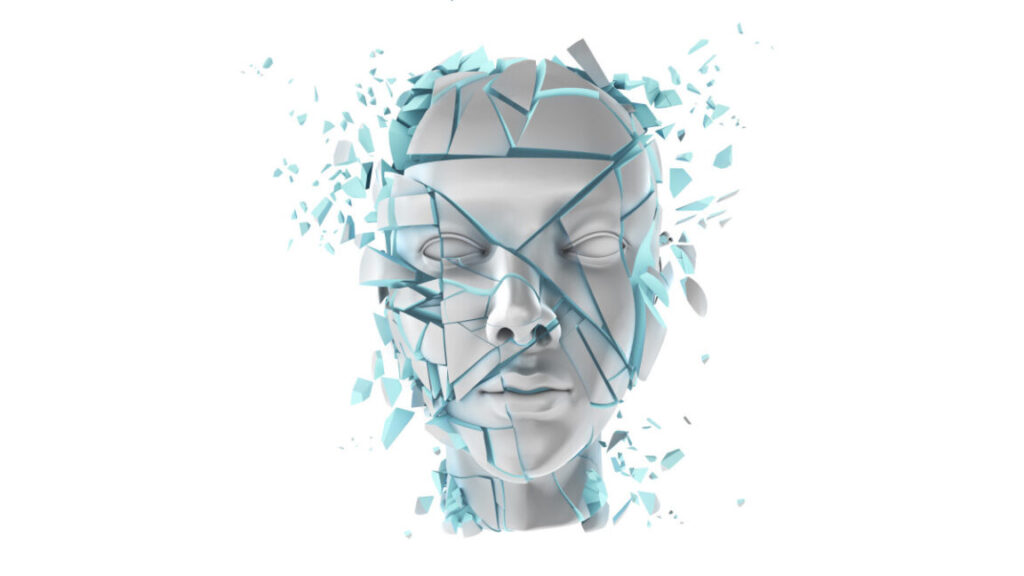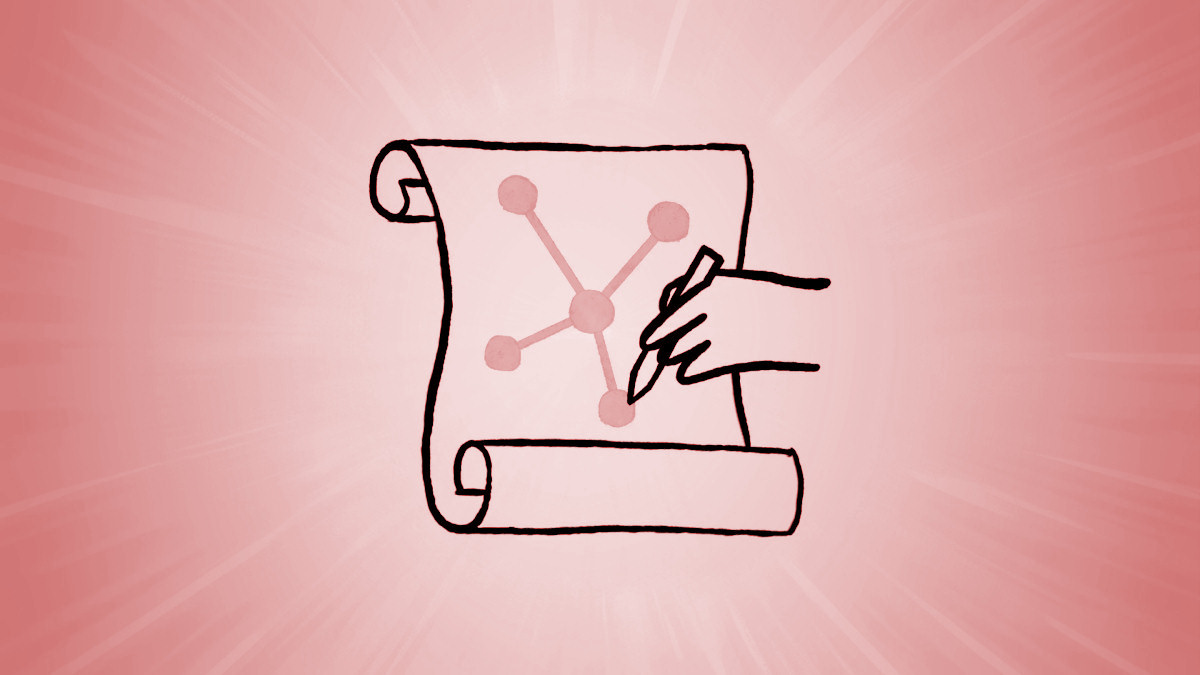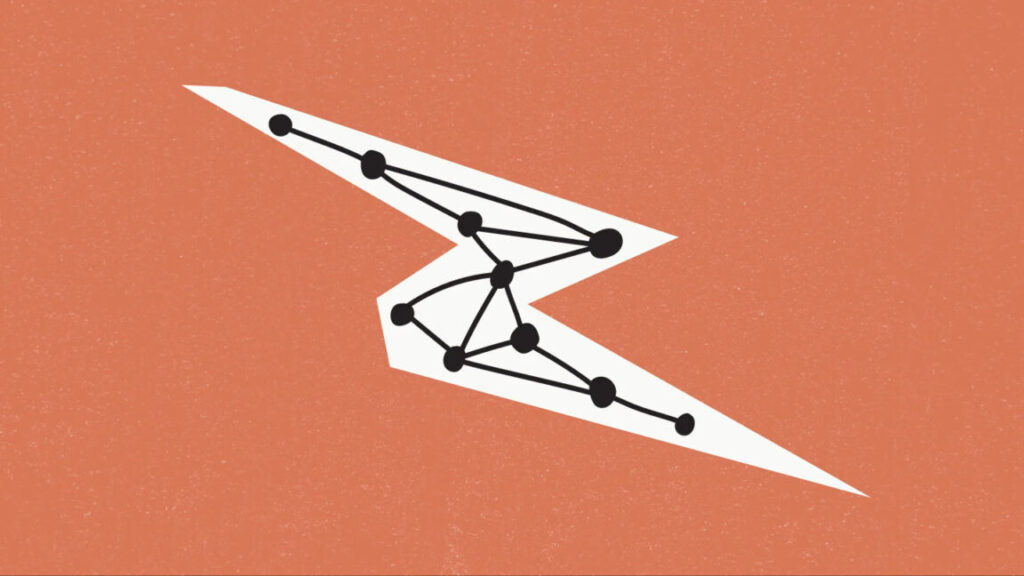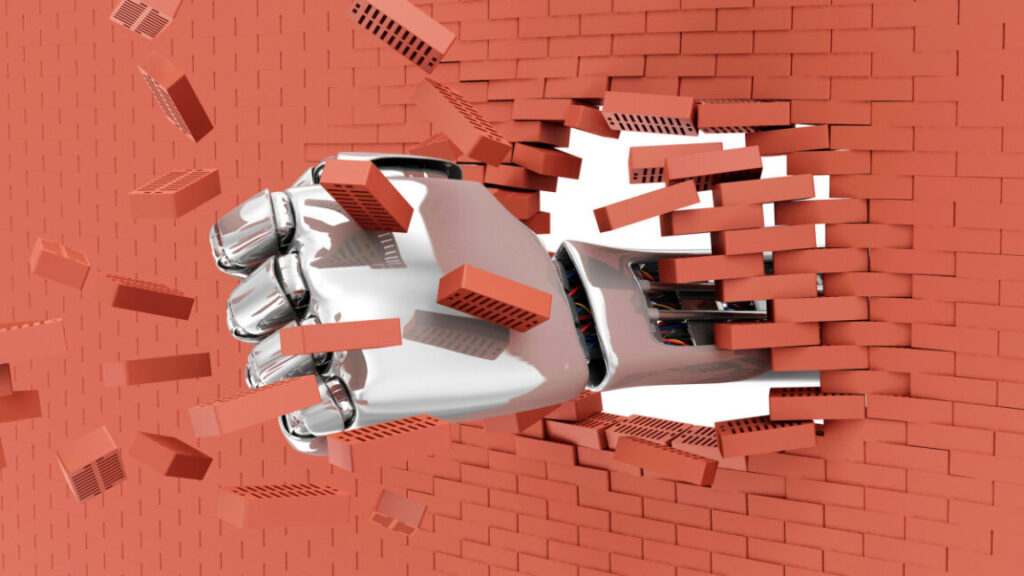Amazon pours another $4B into Anthropic, OpenAI’s biggest rival
Anthropic, founded by former OpenAI executives Dario and Daniela Amodei in 2021, will continue using Google’s cloud services along with Amazon’s infrastructure. The UK Competition and Markets Authority reviewed Amazon’s partnership with Anthropic earlier this year and ultimately determined it did not have jurisdiction to investigate further, clearing the way for the partnership to continue.
Shaking the money tree
Amazon’s renewed investment in Anthropic also comes during a time of intense competition between cloud providers Amazon, Microsoft, and Google. Each company has made strategic partnerships with AI model developers—Microsoft with OpenAI (to the tune of $13 billion), Google with Anthropic (committing $2 billion over time), for example. These investments also encourage the use of each company’s data centers as demand for AI grows.
The size of these investments reflects the current state of AI development. OpenAI raised an additional $6.6 billion in October, potentially valuing the company at $157 billion. Anthropic has been eyeballing a $40 billion valuation during a recent investment round.
Training and running AI models is very expensive. While Google and Meta have their own profitable mainline businesses that can subsidize AI development, dedicated AI firms like OpenAI and Anthropic need constant infusions of cash to stay afloat—in other words, this won’t be the last time we hear of billion-dollar-scale AI investments from Big Tech.
Amazon pours another $4B into Anthropic, OpenAI’s biggest rival Read More »

